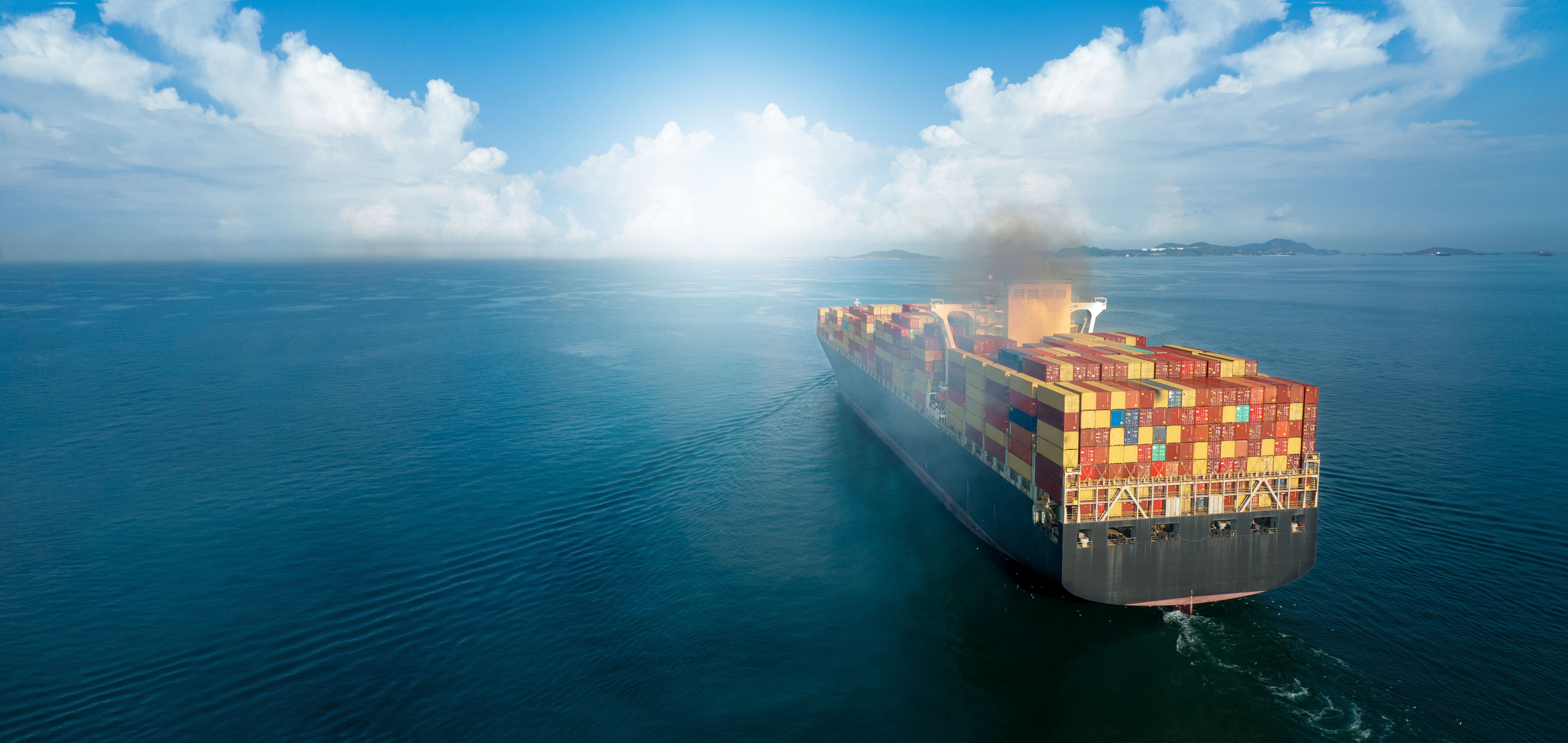You need an account to access this content
Create a free account and get access to all downloads and more!

Whitepaper

20 Nov 2023
5 min read
Maritime transport has entered stormy waters and will need to swiftly navigate through to right the course to more sustainable operations. If in the past couple of years the conversation in the industry was how to recover in the aftermath of the global pandemic, this year, 2023, the topic that dominates the agenda is the urgent decarbonisation of maritime transport. As the UN has put it: Shipping emissions are headed in the wrong direction, and without taking serious and immediate action, they could reach 130% of their 2008 levels by 2050.
Emissions from maritime vessels have increased by 20% over the last decade. According to the International Maritime Organisation (IMO), international shipping is accountable for about 3% of global carbon emissions. While that may not seem like a large number, we must keep in mind that about 90% of global commercial goods are transported via water and the demand for marine transport keeps growing. The growth of the sector means that new ships that are powered by diesel engines will be added, and the volumes and cargos being transported will continue to grow.
Considering this situation, it is no surprise that all major regulatory bodies on a global level are urging the sector to act now. 2023 has been a pivotal year with major decisions and regulations being introduced to advocate for reduction of emissions. The EU in May 2023 adopted FuelEU Maritime, an initiative to reduce the carbon footprint of the European maritime sector by as much as 80% by 2050 and encourage the use of renewable and low-carbon fuels. The initiative is part of a larger EU Fit for 55 package aimed at decarbonising the EU economy and reducing net GHG emissions by at least 55% by 2030.
Subsequently, this summer the IMO revised their 2018 decarbonisation strategy and introduced new ambitious targets for international shipping with a final goal to achieve net zero by 2050. This is a major change considering the previous goal was to cut emissions by only 50% by 2050. Furthermore, the new emissions reduction targets will be assessed on a well-to-wake basis in an effort to mitigate passing reduction responsibilities to other sectors.

While the journey of transformation, undoubtedly, will neither be an easy nor simple one, the industry will need to embrace the transition and find the right way to operate more sustainably. To understand what is ahead, let’s take a more in-depth look at the IMO’s 2023 GHG Strategy decisions and what changes that will bring for the industry.
The key ambitions of the 2023 IMO strategy revision are largely focused on more energy efficient vessels, decreasing the carbon footprint, reducing air pollution:
The IMO is expected to introduce the related regulations by 2025 and have them enter into force by 2027. What is agreed on so far is that there will be both technical and economic measures. The technical measures will include a goal-based marine fuel standard that will regulate the phased reduction of marine fuel’s emissions intensity created by ships. The economic measures, on the other hand, will focus on establishing a maritime GHG emissions pricing mechanism.
 The world’s first full-size, fully electric tugboat Sparky.
The world’s first full-size, fully electric tugboat Sparky.
Some of the concrete measures that will be taken into consideration and developed further to reach the decarbonisation targets include:
While the Strategy has a lot more work ahead until it turns into formal and enforceable regulations with concrete measures, the question is whether the shipping industry can afford to sit and wait for it to become legally binding. The answer is simple: there is no time to spare. The new strategy and ambitious decarbonisation targets will affect and change almost every aspect of the marine industry as we know it, impacting newbuild design and technology choices, retrofitting alternatives, operations and logistics, costs and emissions reporting, and many other secondary and tertiary components of the industry.
In a nutshell: energy efficiency, clean fuels and good understanding of the ship’s emissions will be essential to be able to participate in what is envisioned as the future of sustainable shipping.

ComAp has a range of innovative solutions that can significantly enhance vessel efficiency, support the adoption of more renewable energy sources on board and reduce emissions using cleaner technologies such as shaft generators, battery storage units, solar and wind energy, and fuel cells. Working closely to our customers to understand their energy transition needs, we constantly develop new smart control solutions that support the goal of more sustainably operating ships. ComAp’s control system’s flexibility accommodates different requirements for control, and unifies the control interface for vessel operators, system integrators and the vessel bridge control system. Additionally, ComAp has a range of products and services that allow the information and operational status of the vessel to be available to shoreside resources, providing expertise, security, and accountability, 24/7.
Our newest solution embraces both AC and DC Power Management Systems in one controller. The combined AC and DC PMS can integrate any energy source, which is a great advantage especially for vessels with only AC, as they can be upgraded wit a battery pack or fuel cells, to help reduce the system’s emissions.
Interested to begin your journey to decarbonisation? Contact our experts and let’s discuss which of our solutions is best suitable to help reduce your vessel’s emissions and help them sail lightly into a more sustainable energy future.